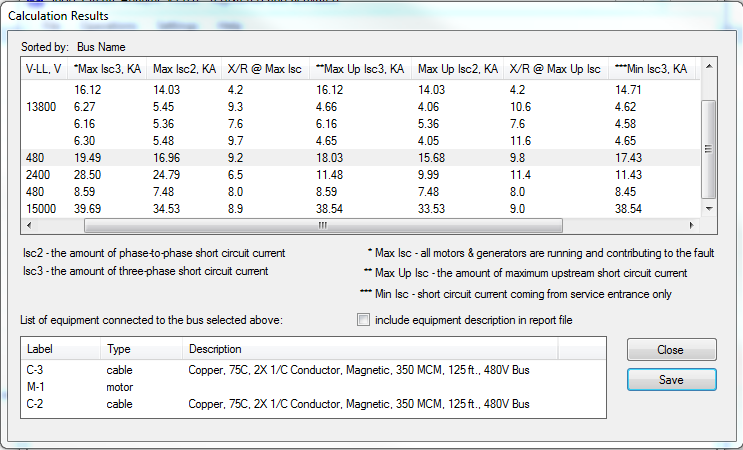constantlylearning
Electrical
I’m embarrassed to ask this, but can anyone tell me if there is a definitive guide to what is meant by “minimum available fault current” on transmission systems? Traditionally, when I’ve been asked for this and I do not get more information from the requesting party, I give the fault current/system impedance based on the following conditions:
[ul]
[li]All generation local to the bus in question is turned off.[/li]
[li]The strongest line source OR strongest transformer source is out of service.[/li]
[li]I’ve seen some suggestions that a fault impedance should be included. However, I feel that this is not correct. The requesting party can take the system impedance data and model and add fault impence if they choose.[/li]
[/ul]
For “maximum available fault current”, I always turn all generation on and keep all lines and transformers in service (that would normally be in service).
Finally, I think it is always a good idea (though I’ve not always followed the practice) to give the requesting party system impedances rather than fault currents. Of course, with one, you can derive the other. But, if they can’t make the conversion, they probably shouldn’t be applying the data.
[ul]
[li]All generation local to the bus in question is turned off.[/li]
[li]The strongest line source OR strongest transformer source is out of service.[/li]
[li]I’ve seen some suggestions that a fault impedance should be included. However, I feel that this is not correct. The requesting party can take the system impedance data and model and add fault impence if they choose.[/li]
[/ul]
For “maximum available fault current”, I always turn all generation on and keep all lines and transformers in service (that would normally be in service).
Finally, I think it is always a good idea (though I’ve not always followed the practice) to give the requesting party system impedances rather than fault currents. Of course, with one, you can derive the other. But, if they can’t make the conversion, they probably shouldn’t be applying the data.


